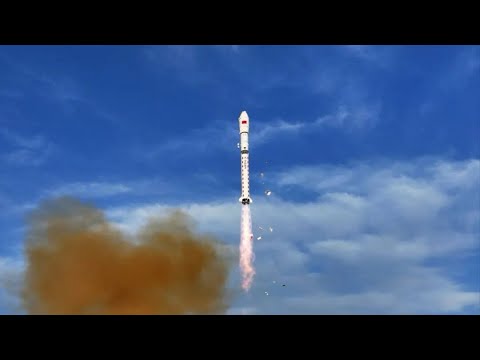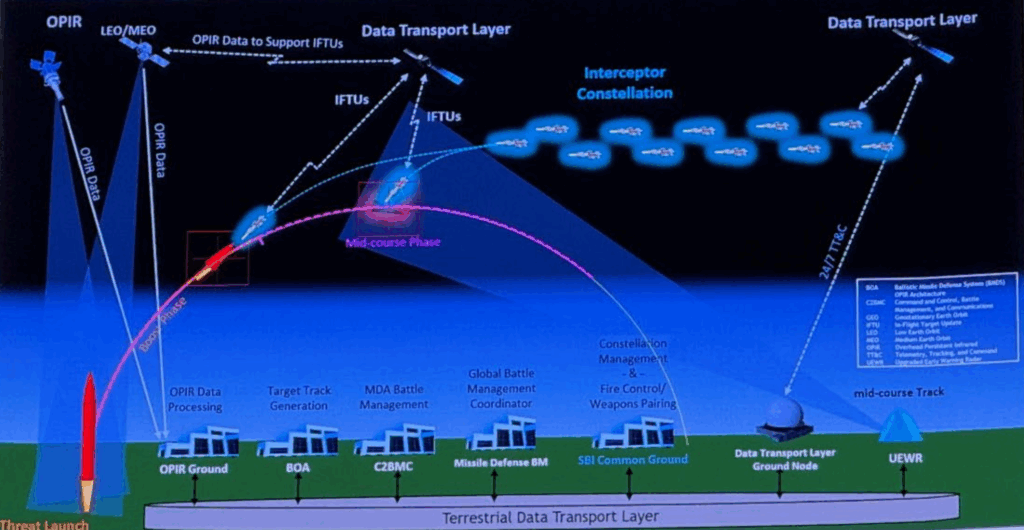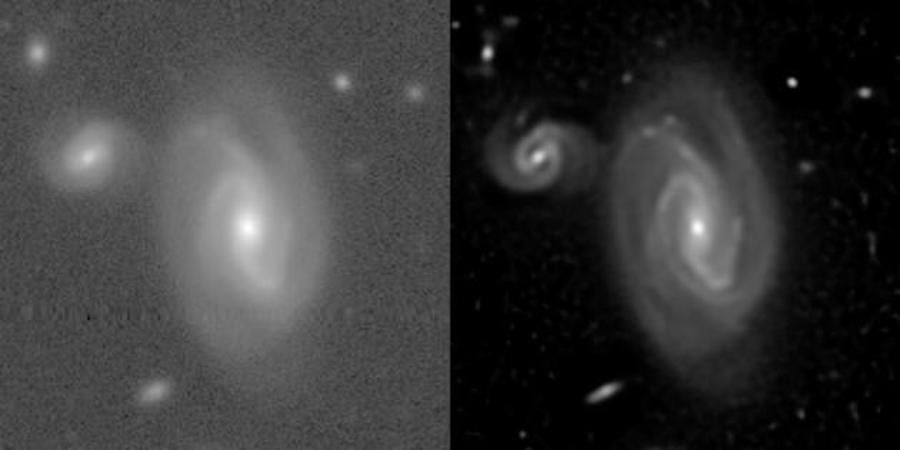Now Reading: Surprise Chinese launch sends Shiyan-31 experimental satellite into orbit
-
01
Surprise Chinese launch sends Shiyan-31 experimental satellite into orbit
Surprise Chinese launch sends Shiyan-31 experimental satellite into orbit

HELSINKI — China conducted an orbital launch Monday with no apparent advance indication, successfully sending the Shiyan-31 remote sensing test satellite into orbit.
A Long March 2D rocket lifted off at 6:00 a.m. Eastern (1000 UTC) Oct. 13 from Jiuquan Satellite Launch Center in the Gobi Desert, northwest China. Orange exhaust billowed out and insulation tiles fell away from the payload fairing as the hypergolic rocket climbed into a largely clear sky above the spaceport.
The China Aerospace Science and Technology Corporation (CASC) announced a successful launch around an hour after liftoff, stating the payload to be the Shiyan-31 satellite. CASC stated that the satellite is primarily used to verify new optical imaging technology while providing no further details, as is standard for a Shiyan series mission. The announcement was also the first indication that the mission was taking place.
The launch came as a surprise to many observers, as China typically issues temporary airspace closure notices (NOTAMs) several days in advance of rocket launches, indicating falling-debris zones for stages and boosters, while also indicating the approximate launch window and trajectory of a rocket launch. No such notices appear to have been published for this mission, suggesting an unusually discreet operation.
The Shiyan-31 satellite was developed by CASC’s Shanghai Academy of Spaceflight Technology (SAST). The Long March 2D launch exceptionally used a wider 4.0-meter-diameter fairing, while the rocket can deliver 1,300 kilograms of payload to a 700-kilometer sun-synchronous orbit.
SAST’s launch statement included a pair of mission patches. One features an armillary sphere—a spherical framework of rings representing celestial longitude and latitude—with markings resembling ancient Chinese astronomical or zodiac markers. It also features five stars, with stars often being synonymous with satellites on Chinese mission patches. A second appears to show an astrolabe in another nod to ancient astronomy.
The launch of Shiyan-31 follows two weeks after the launch of the Shiyan-30 satellites, also on a Long March 2D rocket, but that time from the Xichang spaceport in southwest China. The pair were similarly stated to be primarily for testing and verifying Earth observation technology.
Shiyan missions are typically opaque, but outside analysts believe Shiyan satellites are used to trial new systems such as sensors, communications subsystems and environmental instruments, forming part of China’s efforts to validate new space technologies in orbit.
Satellites in the series appear to have been used for a range of purposes, including technology demonstrations, space environment monitoring, electronic intelligence, remote sensing, space situational awareness and space operations such as rendezvous and proximity maneuvers (RPO).
There appears to be an increase in cadence of Shiyan launches since 2022, suggesting a push to validate next-generation remote sensing and space operations technologies ahead of wider deployment.
Monday’s launch was China’s 61st orbital launch attempt of 2025, following the launch of a Gravity-1 commercial solid rocket from the Yellow Sea late Friday Eastern. The next potential launch activity out of China, according to NOTAMs, is expected to be Long March 8A and Long March 12 rocket launches from Hainan commercial spaceport Thursday, Oct. 16. The Shenzhou-21 crewed mission to the Tiangong space station could launch later in October.
Stay Informed With the Latest & Most Important News
-
 012024 in Review: Highlights from NASA in Silicon Valley
012024 in Review: Highlights from NASA in Silicon Valley -
 02Panasonic Leica Summilux DG 15mm f/1.7 ASPH review
02Panasonic Leica Summilux DG 15mm f/1.7 ASPH review -
 03How New NASA, India Earth Satellite NISAR Will See Earth
03How New NASA, India Earth Satellite NISAR Will See Earth -
 04And Thus Begins A New Year For Life On Earth
04And Thus Begins A New Year For Life On Earth -
 05Astronomy Activation Ambassadors: A New Era
05Astronomy Activation Ambassadors: A New Era -
06SpaceX launch surge helps set new global launch record in 2024
-
 07Space Force plans new ‘Futures Command’ amid pressure to speed up modernization
07Space Force plans new ‘Futures Command’ amid pressure to speed up modernization





















